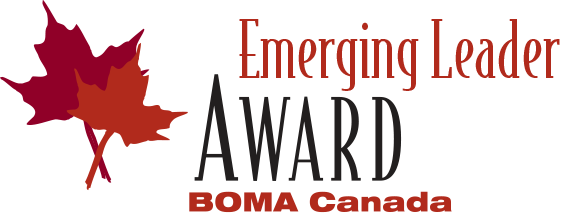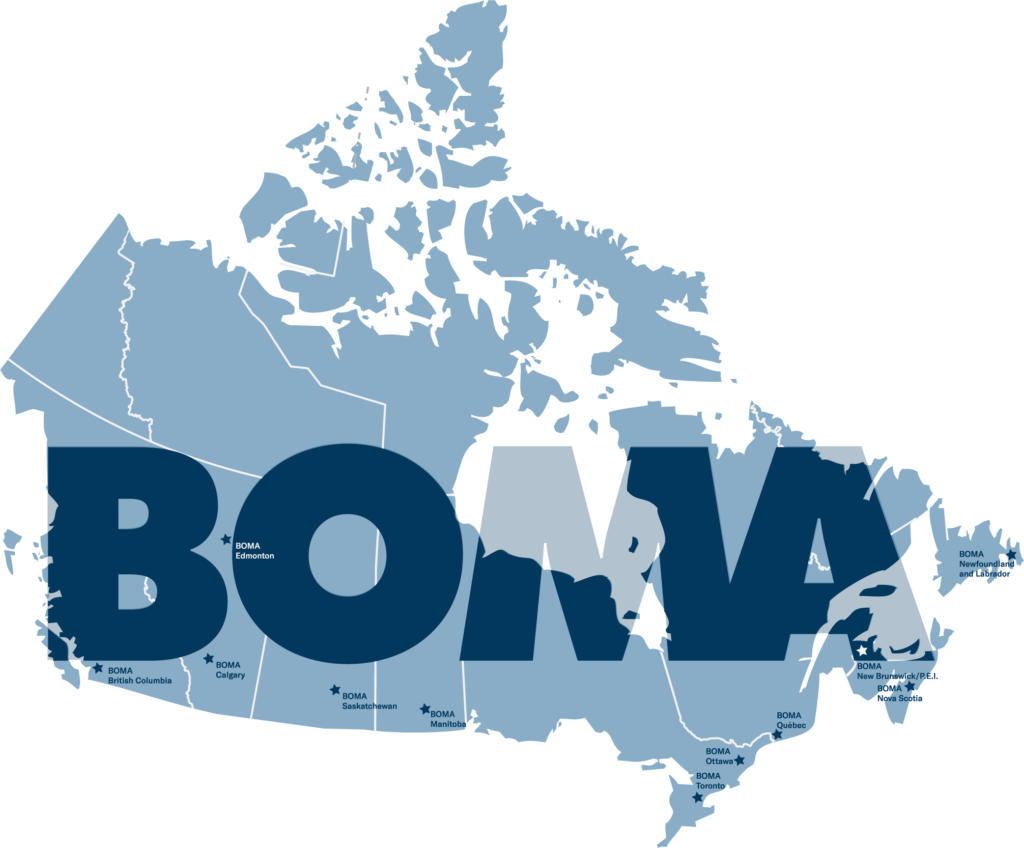-
OverviewOverview
-
Board of DirectorsBoard of Directors
-
TeamTeam
-
National Advisory CouncilNational Advisory Council
-
Find Your Local BOMAFind Your Local BOMA
-
BOMA InternationalBOMA International
-
National PartnershipsNational Partnerships
-
CareersCareers
Menu
Close
- About
- Programs
-
BOMA BestBOMA Best
-
BOMA PlusBOMA Plus
-
BOMEXBOMEX
-
EnspireEnspire
-
BOMA Gives BackBOMA Gives Back
-
100,000 Trees100,000 Trees
Video: Why BOMA BEST
VIDEO: BOMA and ME
-
- Thought Leadership
-
NewsNews
-
Guides & PublicationsGuides & Publications
-
WebinarsWebinars
-
Emerging LeadersEmerging Leaders
-
Climate ResilienceClimate Resilience
-
Diversity, Equity & InclusionDiversity, Equity & Inclusion
-
CommitteesCommittees
-
VideosVideos
-
EducationEducation
-
AI4CREAI4CRE
VIDEO: A DAY IN THE LIFE MONTREAL
Video: BOMA and ME
-
- Awards
-
Overview, WinnersOverview, Winners
-
Key DatesKey Dates
-
BOMA Best AwardsBOMA Best Awards
-
BOMA 360BOMA 360
-
TOBY AwardsTOBY Awards
-
Pinnacle AwardsPinnacle Awards
-
Chair's AwardsChair's Awards
-
Accessibility AwardAccessibility Award
-
Emerging Leader AwardEmerging Leader Award
-
Member of the Year AwardMember of the Year Award
-
Sustainability Champion AwardSustainability Champion Award
-
HistoryHistory
-
PhotosPhotos
-
- Advocacy
- About
-
OverviewOverview
-
Board of DirectorsBoard of Directors
-
TeamTeam
-
National Advisory CouncilNational Advisory Council
-
Find Your Local BOMAFind Your Local BOMA
-
BOMA InternationalBOMA International
-
National PartnershipsNational Partnerships
-
CareersCareers
VIDEO: ENSPIRE A BOMA INITIATIVE
Video: BOMA BEST SMART
-
- Programs
-
BOMA BestBOMA Best
-
BOMA PlusBOMA Plus
-
BOMEXBOMEX
-
EnspireEnspire
-
BOMA Gives BackBOMA Gives Back
-
100,000 Trees100,000 Trees
Video: Why BOMA BEST
VIDEO: BOMA and ME
-
- Thought Leadership
-
NewsNews
-
Guides & PublicationsGuides & Publications
-
WebinarsWebinars
-
Emerging LeadersEmerging Leaders
-
Climate ResilienceClimate Resilience
-
Diversity, Equity & InclusionDiversity, Equity & Inclusion
-
CommitteesCommittees
-
VideosVideos
-
EducationEducation
-
AI4CREAI4CRE
VIDEO: A DAY IN THE LIFE MONTREAL
Video: BOMA and ME
-
- Awards
-
Overview, WinnersOverview, Winners
-
Key DatesKey Dates
-
BOMA Best AwardsBOMA Best Awards
-
BOMA 360BOMA 360
-
TOBY AwardsTOBY Awards
-
Pinnacle AwardsPinnacle Awards
-
Chair's AwardsChair's Awards
-
Accessibility AwardAccessibility Award
-
Emerging Leader AwardEmerging Leader Award
-
Member of the Year AwardMember of the Year Award
-
Sustainability Champion AwardSustainability Champion Award
-
HistoryHistory
-
PhotosPhotos
-
- Advocacy










